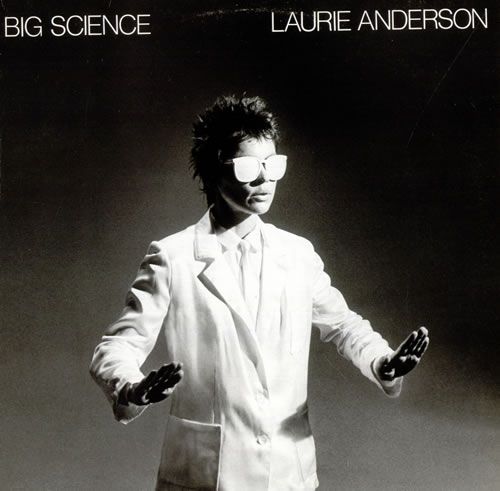 Laurie Anderson - Big Science (1981)
Laurie Anderson - Big Science (1981)
With a nod to David Bowie‘s Heroes, Laurie Anderson‘s compelling cover to Big Science was the result of some typical rock and roll chemistry (and a whole lot of visual manipulation).
“Considering the mind numbing deadline pressure, fatigue, caffeine, nicotine and adrenaline on which I was operating, I feel fortunate to have had the presence of mind to put film in the camera.”
So said photographer Greg Shifrin about the photo he took for the cover of Laurie Anderson’s 1981 release on Warner Bros., Big Science.
The photo was shot on a Princeton, NJ sound stage during the video session for Anderson’s surprise hit, “O Superman.” The photos didn’t come out exactly as Anderson had hoped, so a complete reshoot with another photog was arranged. But, when a second try failed to deliver the needed results, a heavily retouched version of Shifrin’s work was ultimately used.
“At one point, we were obsessed with the shadow on Laurie’s left hand,” said art director Perry Hoberman in 100 Best Album Covers. “We burned through several airbrushes trying to get it exactly right.”
The result: an oddly-captivating image of Anderson bending light and dark into otherwise impossible configurations, not unlike her music.